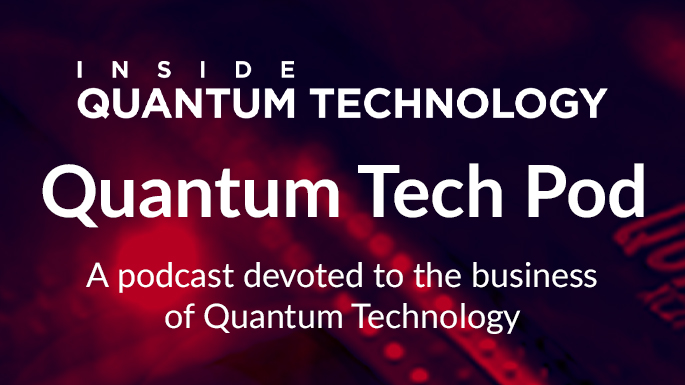A New Candidate Material for Quantum Spin Liquids

(EurekaAlert) Scientists led by Péter Szirmai and Bálint Náfrádi at László Forró’s lab at EPFL’s School of Basic Sciences have successfully produced and studied a QSL in a highly original material known as EDT-BCO. The system was designed and synthesized by the group of Patrick Batail at Université d’Angers (CNRS).
The electrons in a “quantum spin liquid” (QSL) can’t stabilize in the same direction. Instead, they constantly fluctuate like a liquid. What is exciting about QSLs is that they can be used in a number of applications. Because they come in different varieties with different properties, QSLs can be used in quantum computing, telecommunications, superconductors, spintronics (a variation of electronics that uses electron spin instead of current), and a host of other quantum-based technologies.
The structure of EDT-BCO is what makes it possible to create a QSL. The electron spins in the EDT-BCO form triangularly organized dimers, each of which has a spin-1/2 magnetic moment which means that the electron must fully rotate twice to return to its initial configuration. The layers of spin-1/2 dimers are separated by a sublattice of carboxylate anions centred by a chiral bicyclooctane. The anions are called “rotors” because they have conformational and rotational degrees of freedom.
The unique rotor component in a magnetic system makes the material special amongst QSL candidates, representing a new material family. “The subtle disorder provoked by the rotor components introduces a new handle upon the spin system,” says Szirmai.
EDT-BCO officially joins the limited ranks of QSL materials and takes us a step further into the next generation of technologies. As Bálint Náfrádi puts it: “Beyond the superb demonstration of the QSL state, our work is highly relevant, because it provides a tool to obtain additional QSL materials via custom-designed functional rotor molecules.”
























